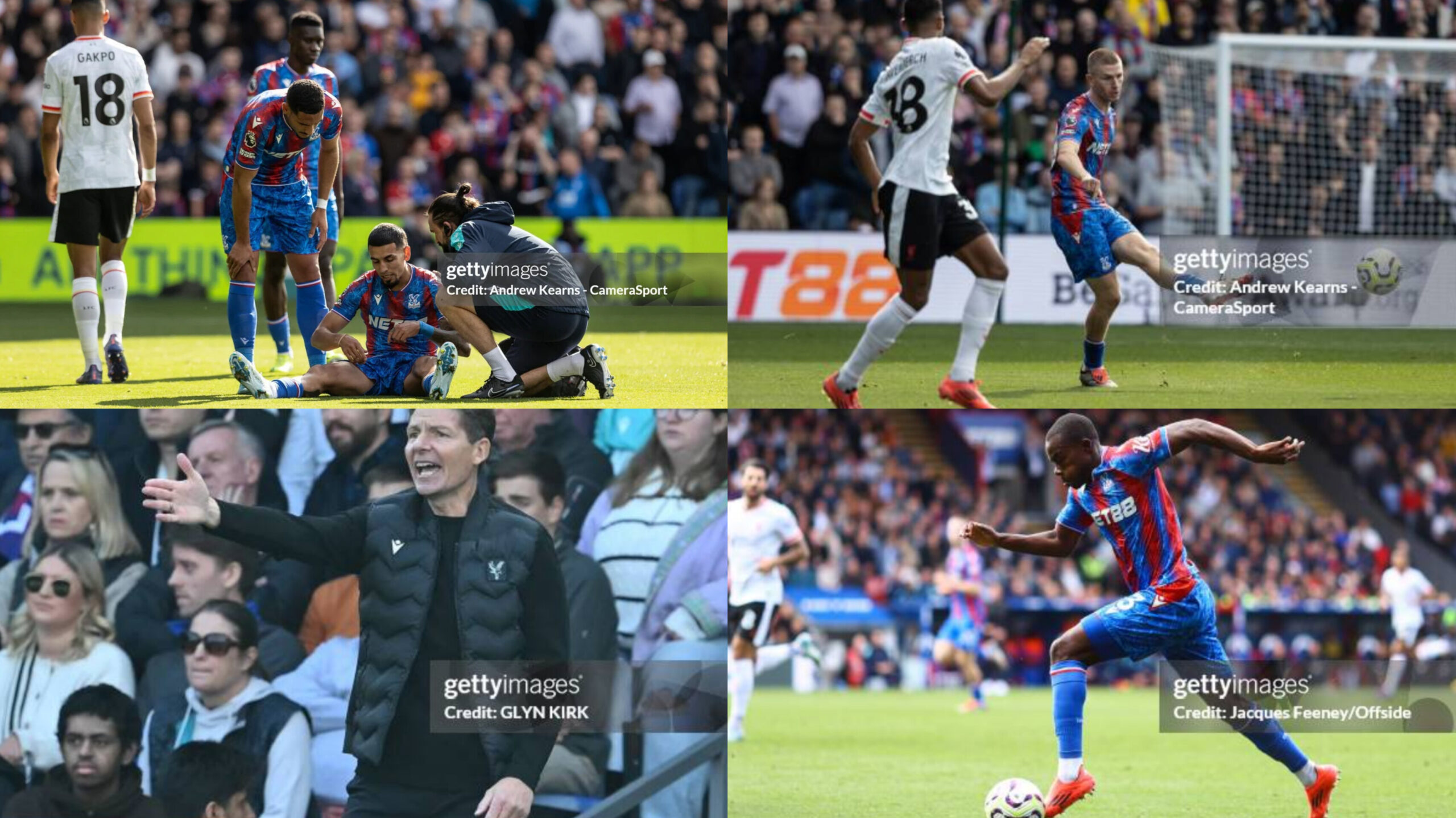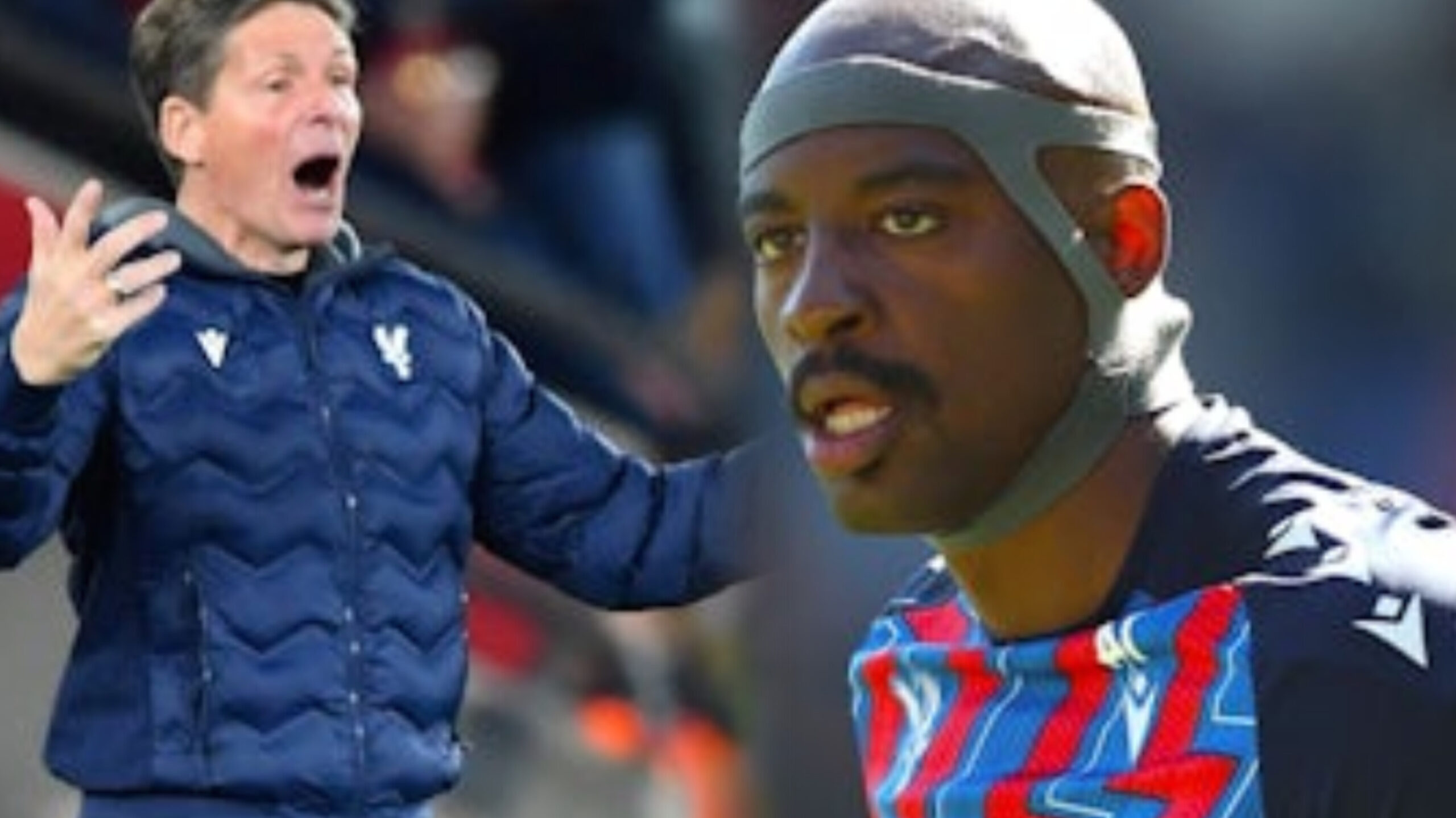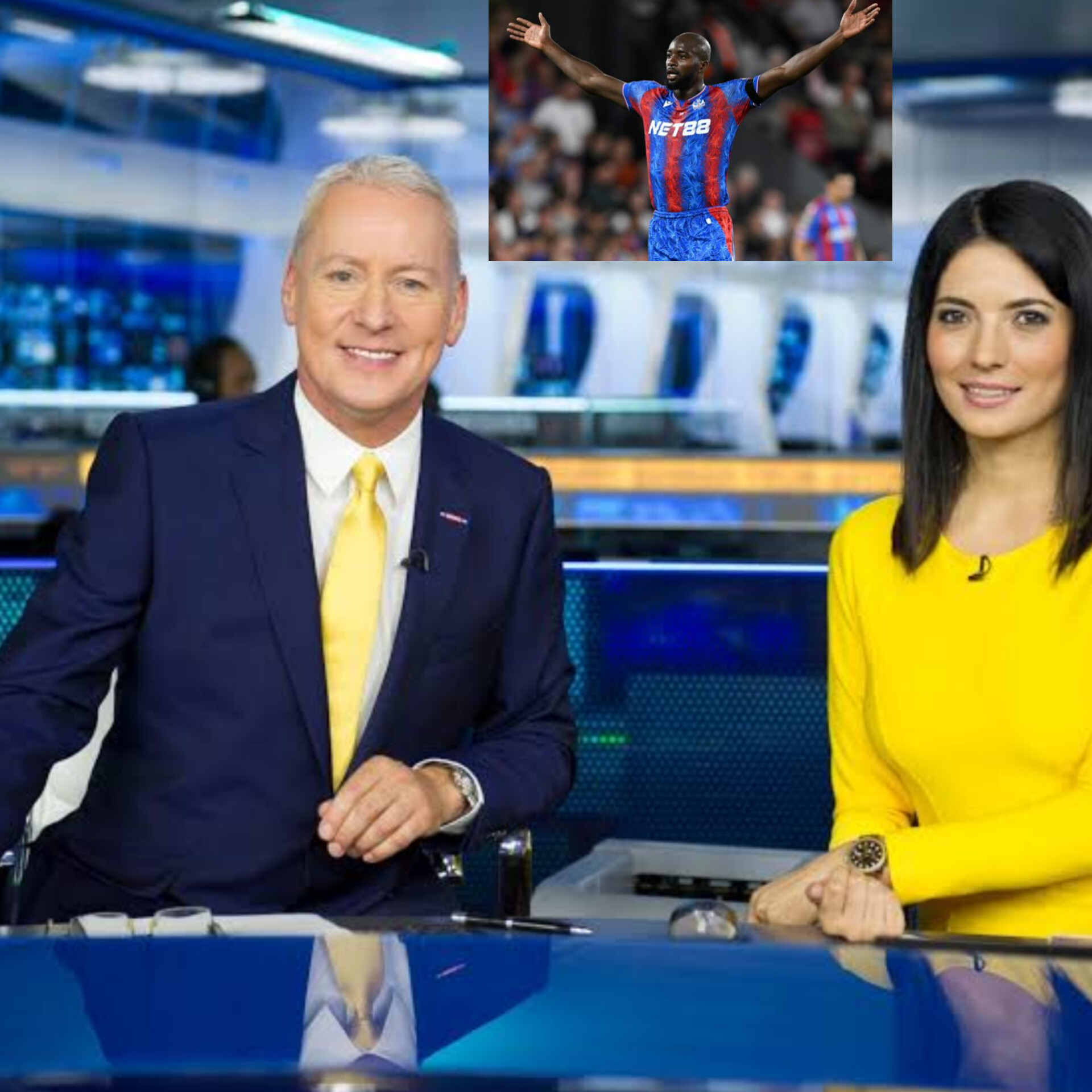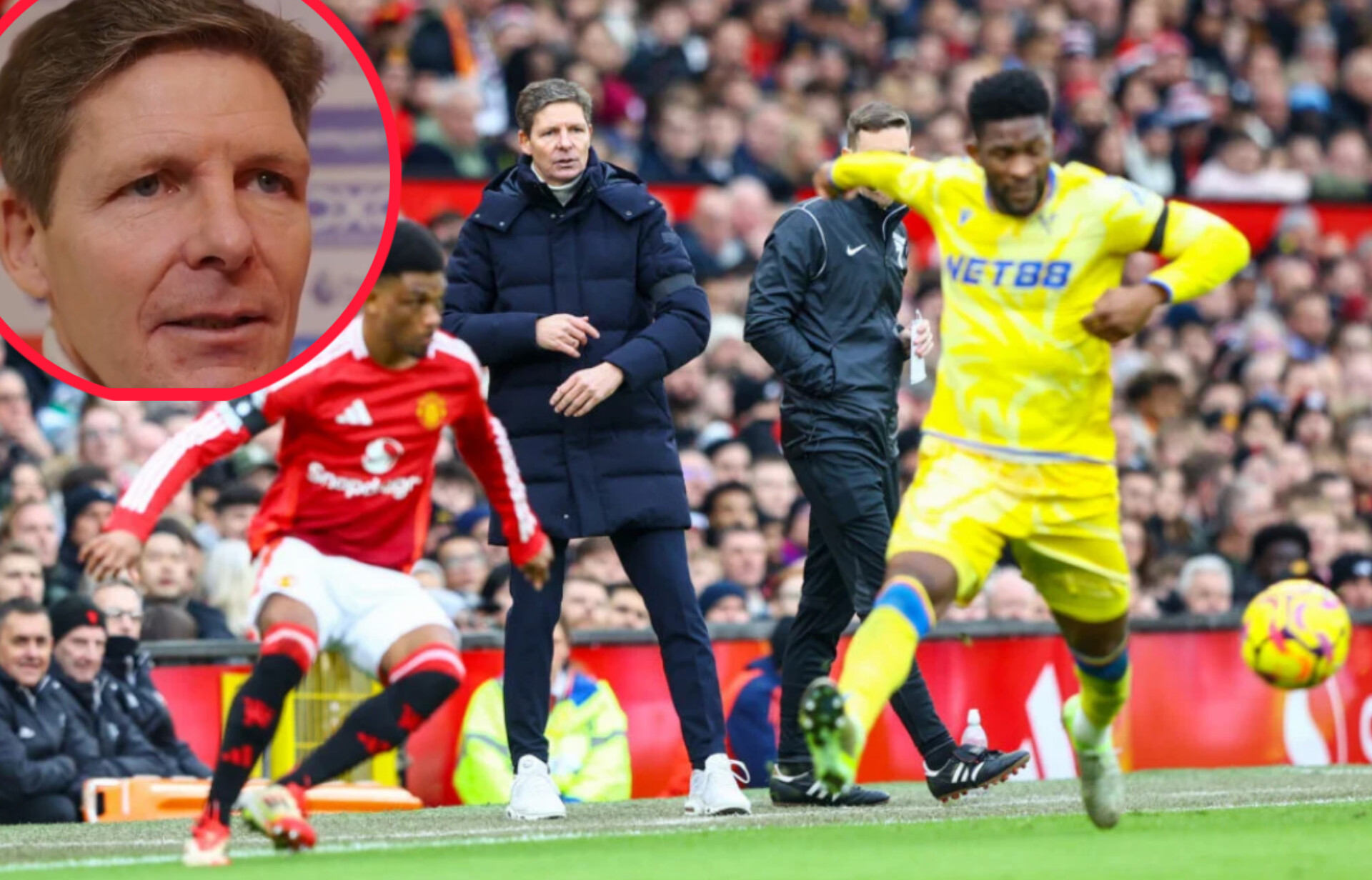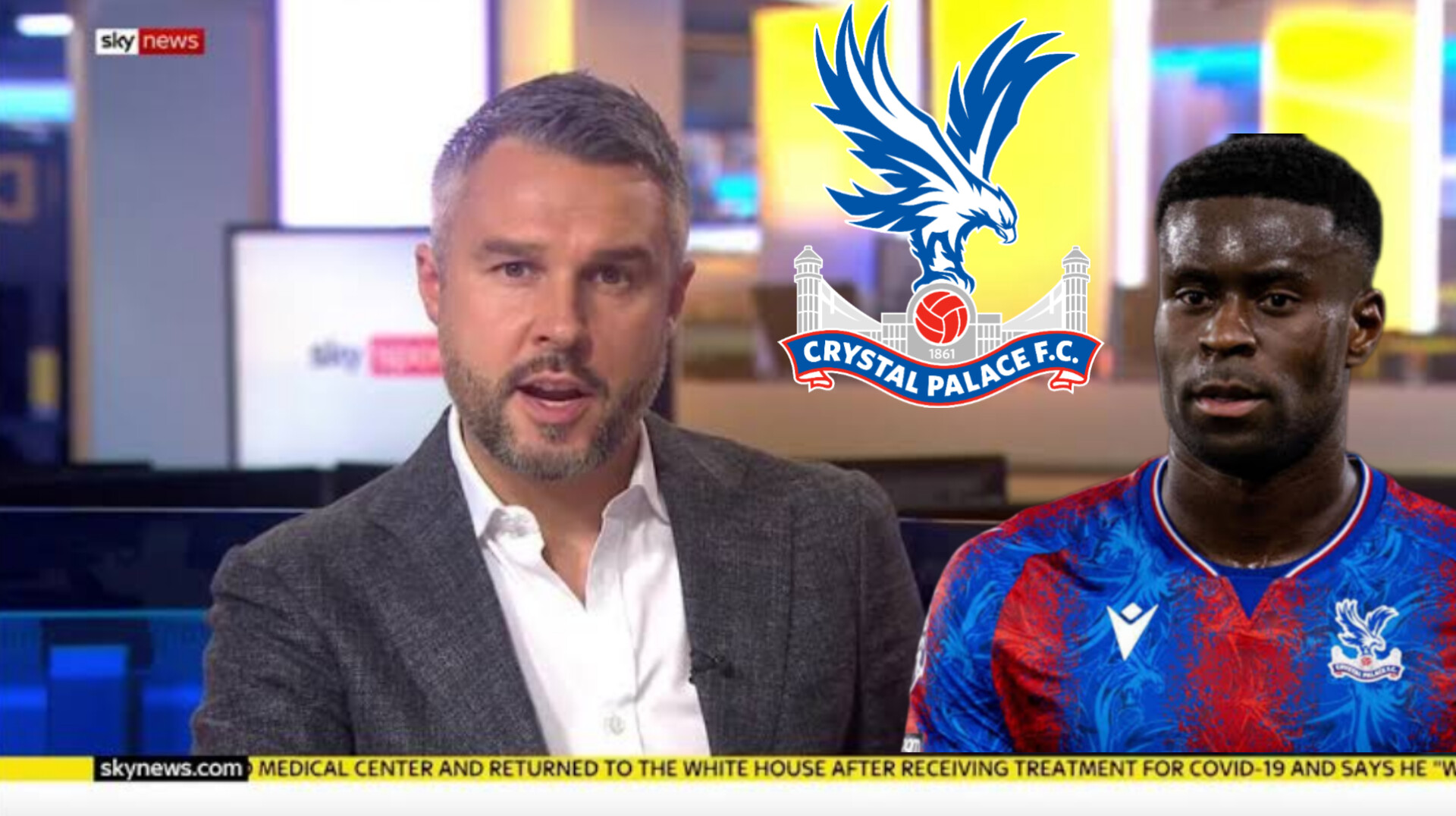Crystal Palace’s recent defeat against Liverpool at Selhurst Park has left manager Oliver Glasner with a significant tactical dilemma following an injury to key player Daniel Munoz. The Colombian right wing-back suffered a groin injury early in the match, forcing his substitution after just 20 minutes. While Munoz’s absence didn’t dramatically alter the course of this particular game, it could have far-reaching implications for Palace’s tactical approach in the coming weeks.
The match itself was a tale of two halves for Palace. The opening period was nightmarish, with an early goal disallowed for offside before Liverpool’s Diogo Jota broke the deadlock. However, Palace showed resilience and grew into the game, particularly in the second half where they pushed hard for an equalizer. Despite creating several chances, including a golden opportunity for Ebere Eze, they were unable to find the back of the net.
The international break now provides Glasner with a two-week window to reassess his tactical options. The primary concern revolves around how to compensate for Munoz’s absence, which could potentially force a shift from Glasner’s preferred back three formation to a more conventional back four.
Palace’s current right-back options, Nathaniel Clyne and Joel Ward, are both in their thirties and more suited to traditional full-back roles rather than the demanding wing-back position in Glasner’s system. This limitation may push Glasner to consider alternative solutions, with Chelsea loanee Trevor Chalobah emerging as a potential candidate to fill the right-back slot. Chalobah’s versatility and comfort in one-on-one defensive situations could make him an ideal fit, allowing the rest of the backline – Marc Guehi, Maxence Lacroix, and Tyrick Mitchell – to remain intact.
Such a tactical shift could have positive implications for Mitchell on the left flank. Known for his defensive prowess, as evidenced by his impressive performance against Mohamed Salah, Mitchell sometimes struggles in attacking situations. A move to a back four could alleviate some of the offensive burden on Mitchell while still capitalizing on his defensive strengths.
The potential formation change also raises questions about Palace’s midfield and attack. A switch to a 4-3-3 system could help address Palace’s recent struggles in controlling the middle of the park. This new setup might see a midfield trio consisting of Adam Wharton, Jefferson Lerma, and either Daichi Kamada or Ebere Eze in a more advanced role. The additional midfielder could provide better balance and workload distribution, potentially solving Palace’s issues with being overrun in central areas.
In attack, Palace faces challenges due to a lack of natural wingers. The injury to Matheus Franca leaves Ismaila Sarr as the only fit first-team winger, a situation exacerbated by the departure of Wilfried Zaha in 2023. Glasner may need to get creative, possibly deploying Eze in a more fluid left-forward role or exploring other combinations to maximize the talents of players like Eddie Nketiah, who recently made his first start as the main striker.
The current international break provides a crucial window for Glasner to experiment and find solutions. With Palace struggling to replicate last season’s fluid attacking performances, the forced tactical reshuffle could be a blessing in disguise. The team’s next fixture against Nottingham Forest on October 21st will be a key test of Glasner’s ability to adapt and potentially kickstart Palace’s season.
In conclusion, while Munoz’s injury presents challenges, it also offers an opportunity for tactical innovation. Glasner’s ability to navigate this period and find a formation that brings the best out of his available players could be pivotal in determining Palace’s fortunes for the remainder of the season. The coming weeks will be crucial as Glasner seeks to balance defensive stability with offensive potency, all while working within the constraints of his current squad.
